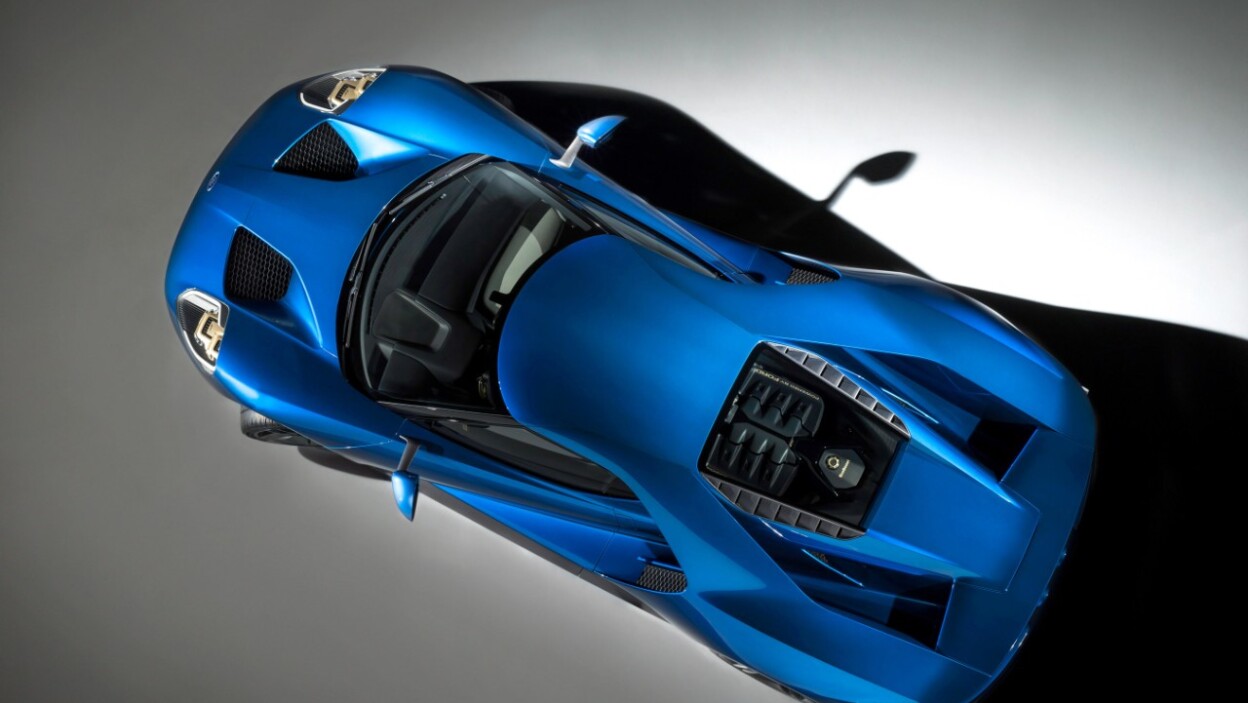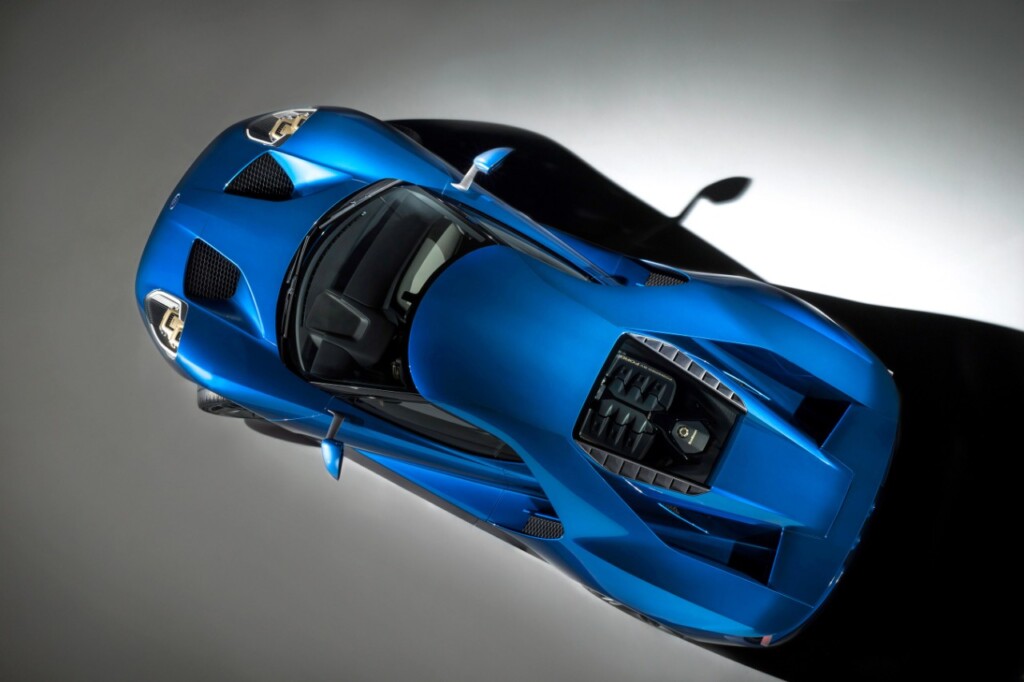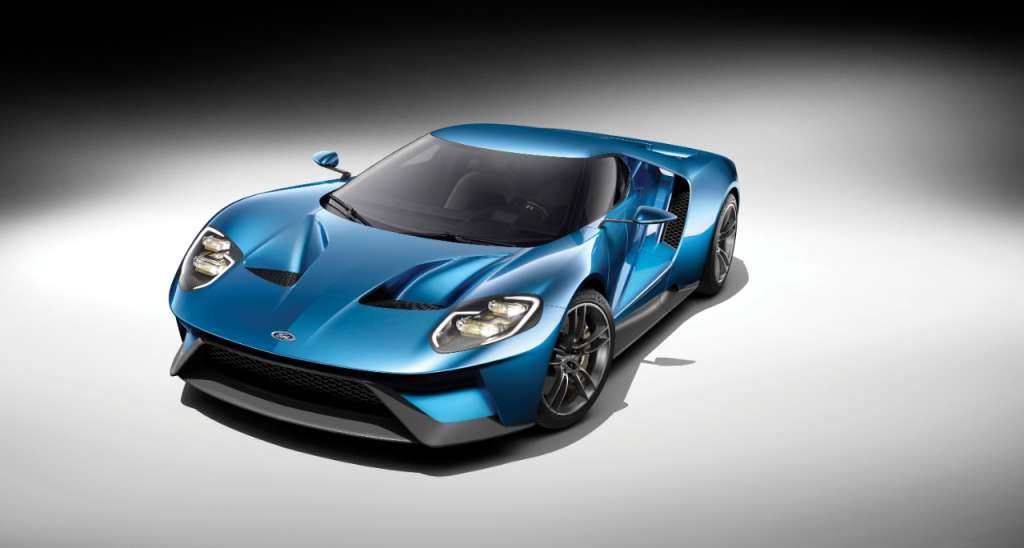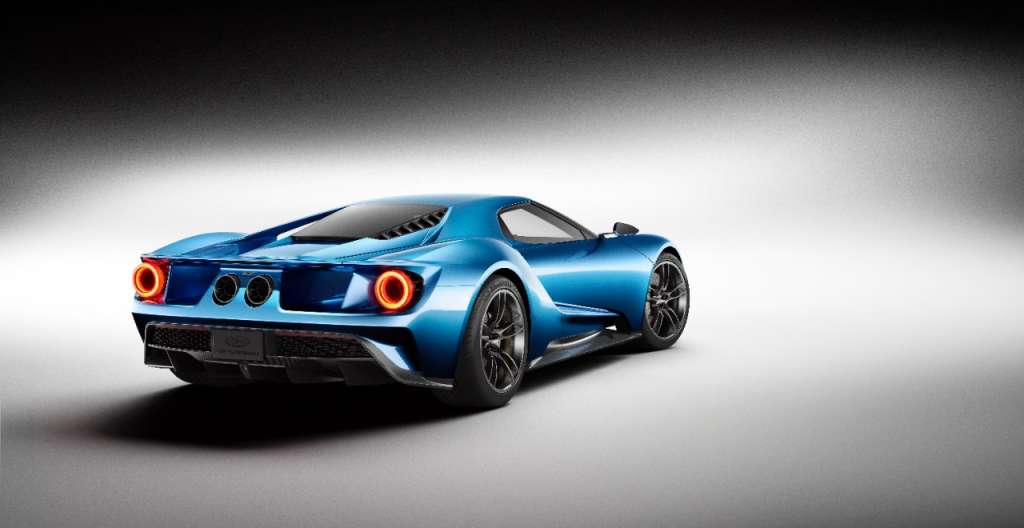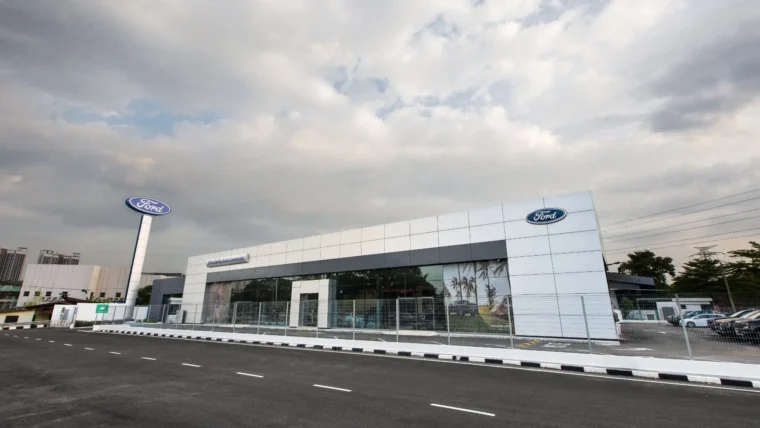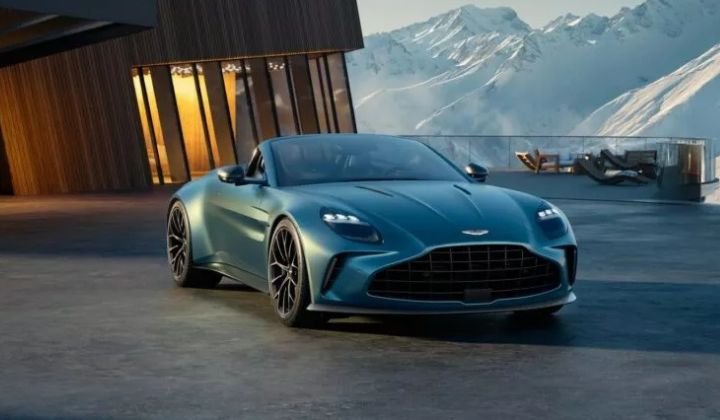What started as a lightweight concept technology is about to become reality for Ford GT enthusiasts when the supercar will be fitted with Corning Gorilla Glass hybrid windshield – a tough, durable, scratch-resistant window that is about 30% lighter than traditional glass.
Developed by Ford and Corning, Gorilla Glass hybrid window will be used on both the windshield and rear engine cover of Ford GT, contributing to enhanced vehicle handling, improved fuel efficiency and reduced risk of glass damage.
When tasked with developing lightweight and advanced material vehicle applications, the Ford team approached Corning, a recognized leader in materials science that introduced light and durable Gorilla Glass to the consumer electronics market in 2007. Interested in further exploring potential automotive applications, the company engaged Corning to help research and develop a unique formulation for exterior vehicle glass.
Once the technology was studied for Ford’s supercar concept, the team realized there were real-world applications for the new hybrid glass. A small, dedicated group comprised of purchasing and engineering employees from Ford and Corning fast-tracked the technology toward rapid introduction. Within 4 months, they were seeking program approval.
Gorilla Glass hybrid
A traditional automotive laminated windshield consists of two layers of annealed glass sandwiched around a clear, thermoplastic interlayer binding agent. The new hybrid glass on the other hand, uses a multilayer approach – a pane of toughened automotive-grade formed hybrid acts as the strengthened inner layer, an advanced noise-absorbing thermoplastic interlayer is in the center, and an annealed glass serves as the outer layer. The result is a windshield and rear engine cover approximately 32% lighter than competitive vehicles.
“During development, we tried different glass variations before we found a combination that provided both weight savings and the durability needed for exterior automotive glass,” said Paul Linden, Ford body exteriors engineer.
“We learned, somewhat counterintuitively, that the strengthened interior layer of the windshield is key to the success of the hybrid window.”
The new Gorilla Glass hybrid window laminate is approximately 25% to 50% thinner, and has equal to, or greater strength than traditional laminate. Traditional laminate glass ranges from 4mm to 6mm in thickness, where Gorilla Glass hybrid window ranges from 3mm to 4mm. This remarkable reduction in thickness greatly reduces the weight of each panel. Plus, the glass is more robust due to advanced processes for contaminant reduction, chemical strengthening, unique edge treatment and laminate construction.
The new technology was tested over stone and in rough road conditions, and had to endure specific projectile, rollover and wind tunnel testing.
“In addition to the new hybrid technology for the exterior glass of Ford GT, we’re using a unique glass combination for the bulkhead panel between passenger cell and engine bay,” said Linden. “We’re excited that we can use tailored glass applications to meet specific needs and provide maximum weight savings.”
The reduced weight of the windshield, engine cover and bulkhead glass on Ford GT positively impacts acceleration, fuel economy and braking performance. Perhaps most important is the benefit on handling – removing the weight of glass high in the construction of the vehicle lowers the center of gravity and contributes to the car’s agility.
Source: Ford
Other posts by AF Newsdesk

